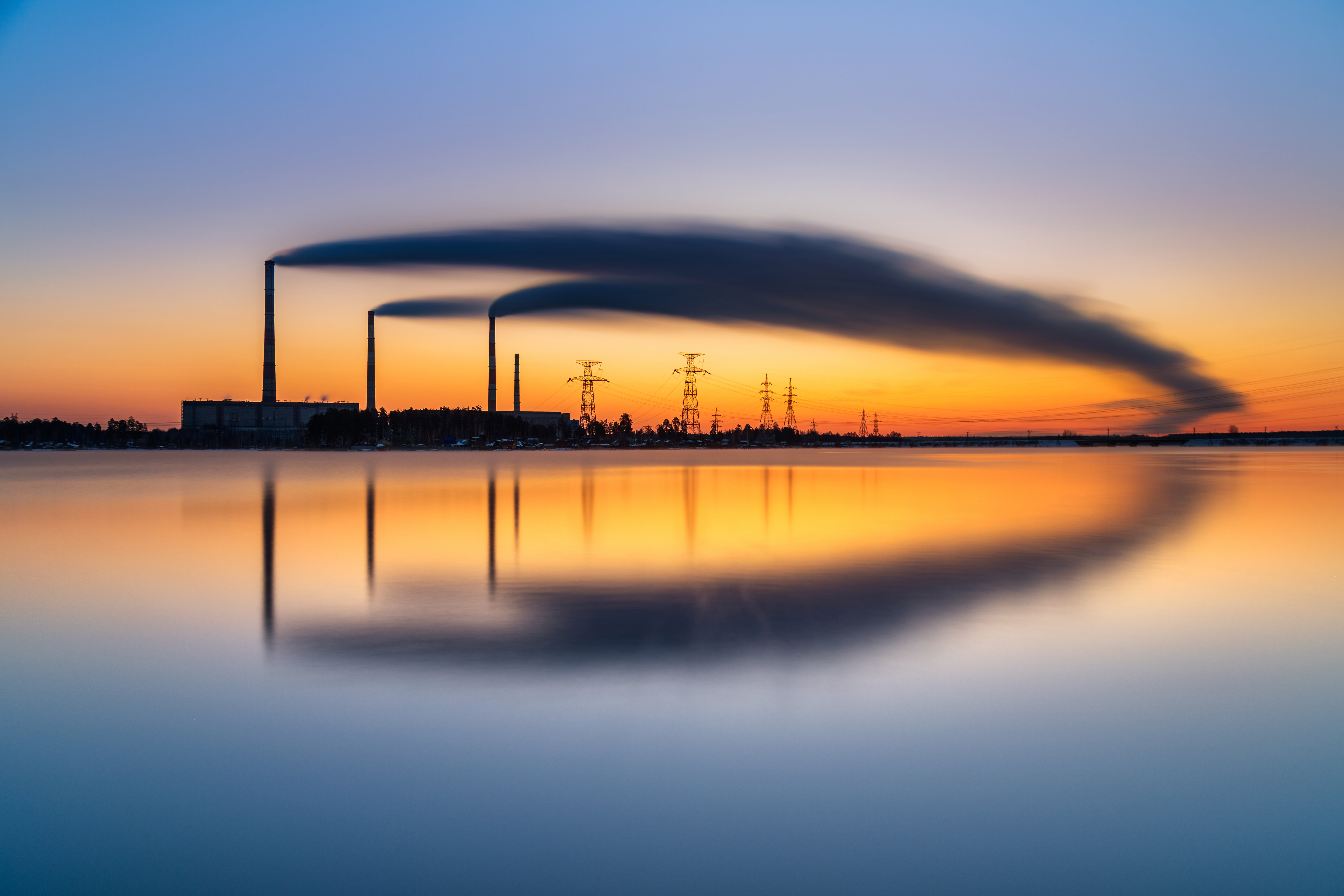
Photo by Adam Cohn/Flickr
A closer look at industry
Decarbonizing industry will be a crucial step to limiting global warming. Emissions from industry have grown by more than 70% since 1990. Since 2000, they have increased faster than any other sector’s — 4.3% annually between 2000 and 2010, slowing to 1.5% annually between 2011 and 2019.
Industrial activities, including mining, manufacturing, construction and waste processing, accounted for 21% of direct global emissions in 2019. When indirect emissions from power and heat generation are included, the number rises to 34%. In addition to those industrial activities, the industry sector also encompasses the production of oil and gas, though those emissions are not included in above mentioned statistics.
Why industry is particularly challenging to decarbonize
Just three industries make up the majority (70%) of industrial emissions: the manufacturing of cement and concrete, iron and steel, and chemicals. These are the most challenging industries to decarbonize, and they are commonly referred to as hard-to-abate industries for that reason.
The production of steel and cement involves the mining of raw materials, which are then processed at high temperatures. The heat required, traditionally generated from fossil fuels, enables a chemical reaction which itself generates process emissions. The challenge for decarbonization here is twofold: high-temperature heat is more difficult to electrify than low- and medium-temperature heat; and process emissions cannot be eliminated unless an alternative method to process the raw material is found, or if the emissions are captured and stored.
High-temperature heat is also needed to manufacture chemicals and produce feedstocks (raw materials used for non-energy purposes, which also can generate significant emissions at its end of life depending on how it is treated). Such feedstocks are required in the production of plastics which is one of the major sources of emissions in the chemicals industry. Either bio-based or synthetic options will be required to fully decarbonize the production of chemical feedstocks. Key challenges facing those options, however, include the limited global supply of sustainable biomass required for bio-based options, and the technical development of direct air capture which is required for synthetic solutions.
Decarbonization of the industry sector is also challenged by the long investment cycles and large investment needs of industrial plants, resulting in a slow stock turnover rate — meaning that industrial plants built today are likely to have an economical lifetime beyond 2050 and therefore risk becoming stranded assets. What is more, the retrofitting or build-out of new, low-carbon industrial plants requires solving challenges such as space constraints, relocation of plants to be near renewable energy and raw material resources, and the development of new infrastructure.
The future of the industry sector
“Hard-to-abate” does not mean that decarbonization is impossible. We can achieve industrial decarbonization on an accelerated timeline with concerted actions from all involved stakeholders, including governments, companies and civil society.
By 2050, a strategy aligned with the Paris Agreement’s 1.5 degrees C (2.7 degrees F) temperature limit would see lowered demand for industrial products through solutions such as enhanced circularity to reduce the need for primary production, and a major shift to renewable energy-based solutions.
The majority of industrial energy consumption will need to be electrified and include the direct use of renewables, with contributions from green hydrogen, sustainable biomass and other low-carbon fuels. Still, a significant share of some industries’ carbon dioxide (CO2) emissions will need to be captured and stored due to the steep technical challenges of decarbonization and the long lifetimes of many industrial plants.
Such changes will trigger shifts in raw material supply chains. Some industrial plants may need to relocate based on the availability of renewable energy resources and carbon transportation and storage infrastructure. Communities that are economically dependent upon individual industries will need to diversify their revenue streams and retrain workforces.
Reducing industrial emissions globally will rely on the deployment of new technologies, which are now being developed mainly led by industrialized economies such as China and those in Europe and North America. In emerging economies, where much of the demand growth is expected, technology transfer and capacity building will play important roles in enabling the transformation and avoiding carbon lock-in effects.


